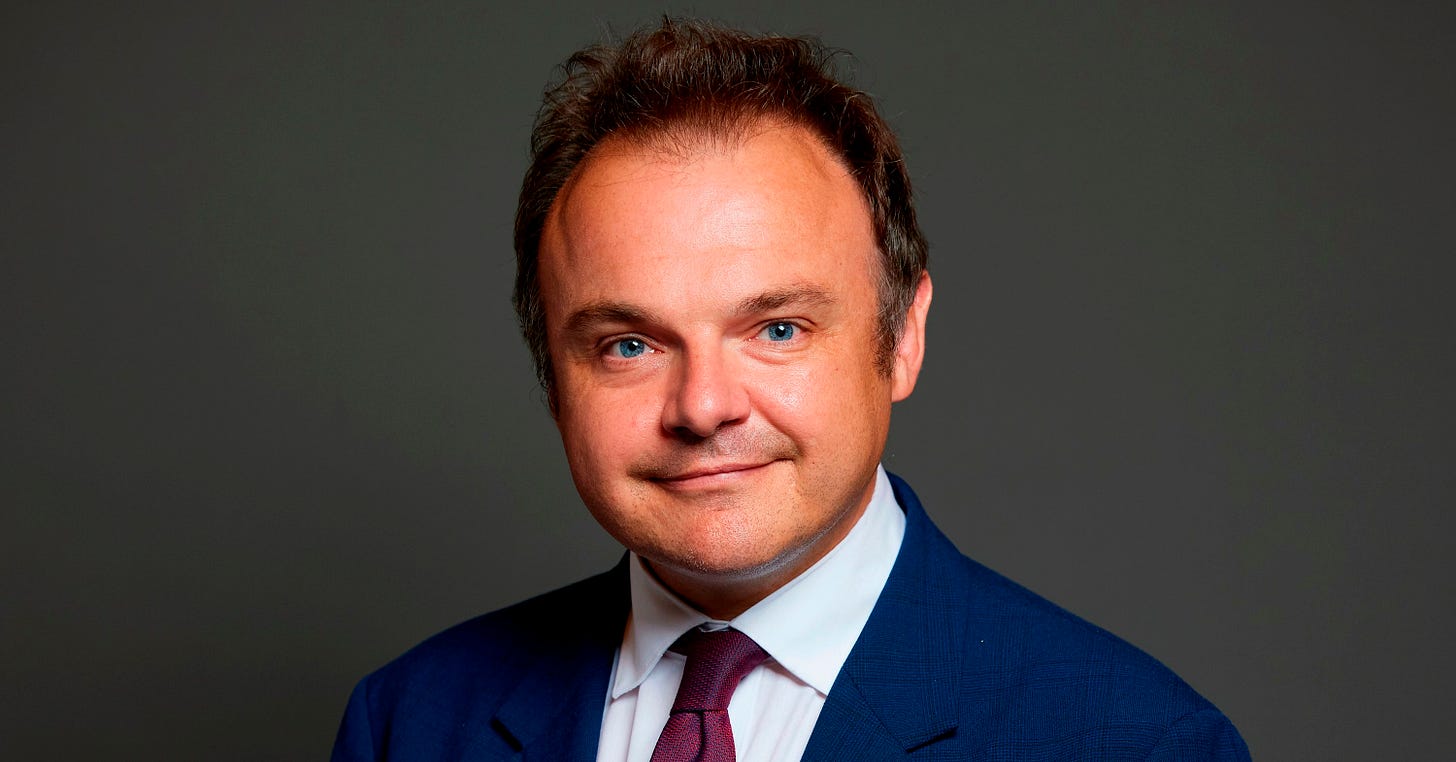Editor’s note: Each month, we publish a guest column from one of Medway’s elected representatives, rotating between our MPs, council and opposition leaders, and the Police and Crime Commissioner. Today, we welcome Chatham and Aylesford MP Tristan Osbourne, who discusses the challenges of graffiti and its impact on the community.
Voice of the MP
by Tristan Osbourne, MP for Chatham and Aylesford
Every two weeks, I bring together agencies and others for walkabouts in some of my most challenging urban areas; this is a legacy of my role as a councillor, but also because the state of a road, the quality of the environment, is not just a social determinant, but it is about civic pride and a sense of community.
An issue that I have routinely picked up in my time as both councillor and MP is not just the state of the roads – being improved by a significant increase in government funding – as one can witness across our community at the moment, but the graffiti, empty phone boxes and the litter that is routinely blighting areas, mainly in urban centres.
Some might suggest that such issues are for councillors and not the MP, but it is my belief that the improvement in the lived environment filters through to every other aspect of your life. An example is where graffiti and litter are left unchallenged, quickly leading to a perception of an area being a hub of criminality.
According to recent estimates, the cost of graffiti removal across the UK amounts to over £1bn annually. Local councils, transport authorities, and business owners must allocate significant resources to clean up vandalised properties, buses, trains, and public facilities. For instance, Transport for London (TfL) spends thousands of pounds every week to remove graffiti from trains and stations despite the numerous posted examples on social media.
Moreover, the presence of graffiti – especially when it takes the form of tags or gang symbols – can contribute to a sense of neglect and decay in urban areas. This phenomenon, known as the ‘broken windows theory,’ suggests that visible signs of disorder and antisocial behaviour encourage further crime and antisocial activity. Communities that are regularly targeted by graffiti may experience increased rates of petty crime, decreased property values, and a decline in community morale.
Graffiti is not just a visual pollutant – it can have serious environmental consequences as well. Many graffiti removers and chemical solvents used in clean-up operations are harmful to the environment. When these substances enter the water supply or surrounding soil, they can damage local ecosystems. The spray canisters themselves often contain volatile organic compounds (VOCs), which contribute to air pollution and pose health risks to humans and animals alike.
The aesthetic impact of graffiti on neighbourhoods cannot be overstated. Graffiti-covered buildings, shopfronts, and public spaces often lead to negative perceptions of an area. For residents, especially those in inner-city communities that I represent, constant exposure to vandalism can diminish their sense of safety and well-being. Tourists and potential investors may also be deterred by graffiti, particularly if it appears uncontrolled or tag-related.
In contrast, clean and well-maintained environments foster a sense of pride and community ownership. They encourage civic responsibility and deter further acts of vandalism. When people see their neighbourhoods being cared for, they are more likely to respect and protect their surroundings.
Local councils – like Medway - play a pivotal role in graffiti prevention, but they could do more. Graffiti budgets are usually lumped into overall budgets for street cleaning, and it is considered secondary to other forms of green spaces management. This mindset needs to change in Medway. There is very little point in having expensive plants on main roads if we can not manage to remove graffiti at speed, when those same people reach their urban destinations. Our busiest areas are amongst the most blighted at the moment, from hoardings for construction sites, to railway arches, to private businesses that simply can not afford to constantly repaint.
Many councils have adopted innovative approaches, such as applying anti-graffiti coatings to walls, improving street lighting, and organising volunteer-led clean-up days, but the reality is local councils need to be directed by councillors to treat this as a priority.
When I was elected in Luton in 2011, I made the removal of graffiti a priority — so it’s with some sense of irony that today they are putting it up in the form of professional murals - created with local input and legal permission - that have significantly enhanced community pride. This initiative – led by Arches Local – is a model for other areas that are blighted by graffiti.
In my capacity as MP, I intend to do the same, and I will be challenging and working with the Labour-led council to focus on graffiti removal as a priority, and this includes challenging private sector housing developments on the state of hoardings.
Reducing graffiti in Medway is about much more than scrubbing walls or criminalising young people. It's about fostering respect for public and private spaces, protecting the environment, and creating communities where people feel safe, valued, and inspired. Through a combination of education, community engagement, and council focus on its quick and speedy removal, we can tackle graffiti effectively — transforming urban blight into civic pride.
By taking graffiti seriously, we invest in our future — one clean wall, one safe street, and one empowered community at a time.
Tristan Osborne is the Labour MP for Chatham and Aylesford.


